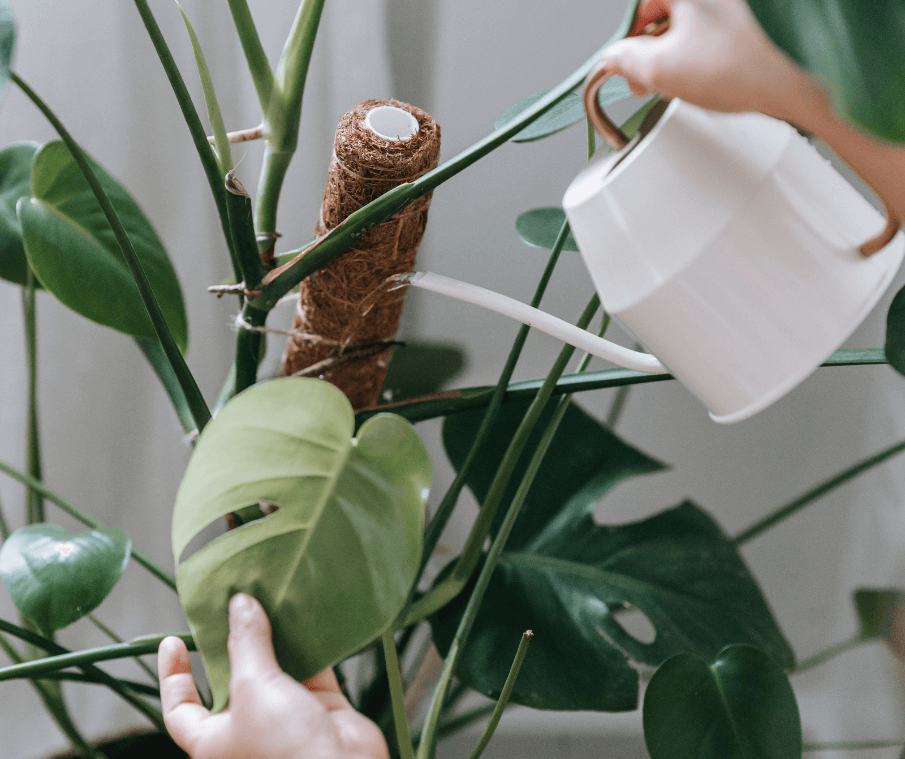While some Australians still have a few wooly weeks of winter ahead of them, it’s time to start thinking about our personal favourite season...Spring! And if you want those green babes throwing new leaves left, right and centre (duh, who doesn’t), then follow these 4 quick tips to kickstart your houseplants for Spring.
GIVE THEM A HAIRCUT:
If you’ve noticed yellowing leaves and sparse looking stems during winter, you’re not alone. Reduced sunlight can make plants grow ‘leggier’ (more stem, less leaves), and if your plant is stressed by cooler temps, they can shed their leaves.
Prepare your plant for new growth by snipping off those yellow, dead or sick looking leaves to the base of the stem. You can also cut back barren stems. It will help your plant direct its energy to lush growth once September hits. Spray with Protect to give it a Neem Oil hit, and to protect your plant’s new hair-do!
FLUSH THE SOIL:
If you’ve reduced your watering regime throughout winter, or your plants live in self watering pots, minerals and chemicals can build up in the soil. Now’s a good time to flush out the excesses of winter by giving your plants a thorough water from the top. If you’re willing to go the extra mile, let your tap water sit for 24 hours (the chlorine will evaporate) and add an extra squirt of Grow to rebalance the soil.
UP YOUR FEEDING SCHEDULE:

Now’s the time to top up your slow release plant food (try Support Pellets, it also helps roots grow stronger). As the weather gets warmer and days get longer, you can increase your watering. During Spring, you can add Grow every time you water, to give your plants the frequent feeding they need. You can watch the how-to video here.
START ACCLIMATISING TO A NEW POSITION:
Did you know that plant shock is a thing? Sometimes, if a plant changes conditions too rapidly, a stress response can be triggered (cue wilting, dying back and metaphorical plant tears). It can often be best to move your plant to its new position for part of the day, or find a halfway house to help it acclimatise.


